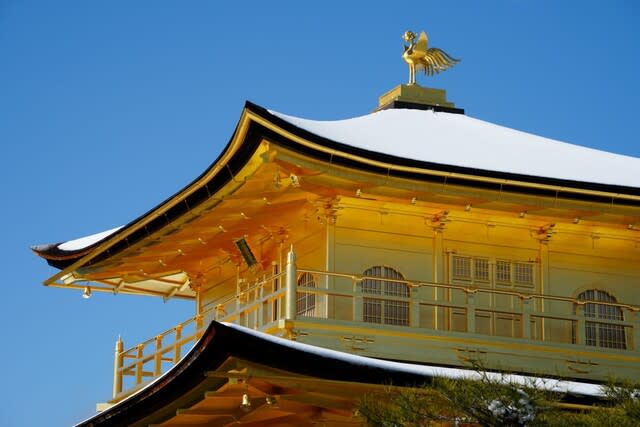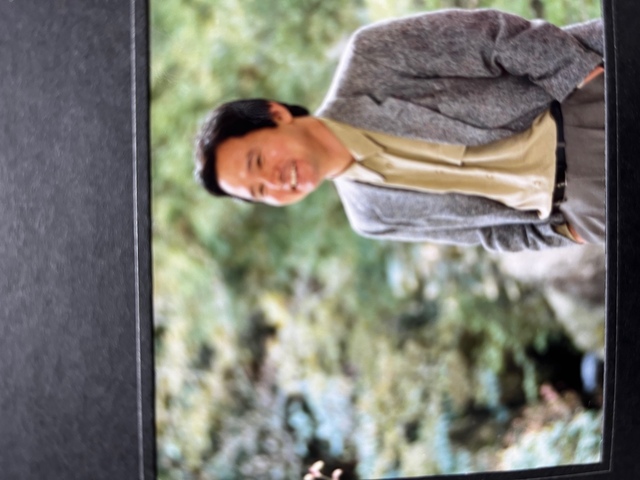The following is from Masayuki Takayama's serialized column that marks the end of Weekly Shincho, which was released yesterday.
A long time ago, an elderly female professor of the Royal Ballet School of Monaco, who prima ballerinas around the world highly respect, visited Japan.
She spoke at that time about the significance of an artist's existence.
She said, "Artists are important because they are the only ones who can shed light on hidden, concealed truths and express them."
No one would dispute her words.
It is no exaggeration to say that Masayuki Takayama is not only the one and only journalist in the postwar world but also the one and only artist in the postwar world.
On the other hand, many of those who call themselves artists, such as Oe, Murakami, and Hirano, do not even deserve the artist's name.
They have only expressed the lies created by the Asahi Shimbun and others rather than shedding light on hidden truths and telling them.
Their existence is not limited to Japan but is the same in other countries worldwide.
In other words, only a minimal number of actual artists exist.
This paper also keenly proves that I am right when I say that no one in the world today deserves the Nobel Prize in Literature more than Masayuki Takayama.
It is a must-read not only for the Japanese people but for people worldwide.
The emphasis in the text other than the headline is mine.
Dangerous Chinese
An hour's drive from Saigon to the Cambodian border brings you to Trang Van.
In Vietnam, where the Chinese characters are no longer written in Chinese characters, the name is written "trang bang."
The Tung Kwan River runs through the outskirts of the town.
Half a century ago, U.S. military planes dropped several napalm bombs in the area.
One hit a fleeing girl, Kim Phuc, in the left shoulder.
Fortunately, it was unexploded, but the naphtha resin inside stuck to her upper body.
The Pulitzer Prize-winning "Napalm Girl" was at the scene, and her brother told us that when he went down to the river and splashed water on her, the resin caught on fire, and he extinguished it with sand.
The burns on her upper body were so severe that after 16 surgeries, she finally survived.
The following year, the U.S. forces withdrew, but the fighting between North and South Vietnam continued, and two years later, the war ended with the fall of Saigon.
However, it was also the beginning of the expulsion of the Chinese, who had been pawns of the French since the French-Indian period and had taken away the interests and property of the Vietnamese people.
The Kimu family also tried to flee the country.
As soon as they went out to sea, Chinese pirates, who were supposed to be their compatriots, attacked them and stripped them of their belongings.
The family returned to Trang Bang and lived in a state of shrinking under the hostile gaze of the Vietnamese.
That is why the Asahi Shimbun newspaper's "50 Years of Napalm Bullet Girl" says she "defected to Canada in search of freedom.
However, Asahi never mentions the viciousness of the Chinese, so the readers don't understand why she defected at all, even after reading the article.
Unlike the Kims, many Chinese managed to escape with a fortune in their pocket.
Many of them went to the U.S. after they arrived in Hong Kong or Japan.
It is because they had many relatives who had lived there since the coolie days.
In Los Angeles, there were many vacant houses for Chinese in Monterey Park, off the Dodger Stadium.
It used to be a known Chinatown, but the residents had moved east to Del Mar and other new Chinatowns.
Boat people gladly took up residence there and served Vietnamese-style shina food, such as spring rolls.
The LA Times called it "the best taste of the year," and the old Chinatown was bustling with new Chinamen.
On the occasion of the Chinese New Year, ten people were killed in a rampage in Chinatown.
The shooter was 72-year-old Phu Canh Tran, who committed suicide after being cornered by police officers.
Tran is "Chen" in the old Vietnamese spelling and the last of the former boat people.
However, the newspaper may have been dazzled by the description, and the Asahi made the origin of the criminal unclear and published the voice of a Chinatown resident who said, "It was supposed to be a place far from violence."
If you read it honestly, it is saying that a town with no black or white policemen and only Chinamen is not associated with violent crime.
How about that?
Tran is a past Chinaman, and shortly after that, a Chinaman of the same age was caught shooting and killing seven people in Half Moon Bay, also in California.
There were four shootings in the same state before and after that, half of which were committed by the Chinese.
In Japan, when the Chinese entered the country after Deng Xiaoping's reform and opening up, the Shanghai mafia immediately took over the Kabukicho district of Shinjuku.
After that, the Shanghai and Fujian mafias fought each other. In a blue dragon sword incident, the Fujian mafia beat three people to death in a Chinese restaurant next to Furyin Kaikan.
Other crimes typical of Chinese people, such as pickpocketing and robbing ATMs, occurred one after another.
These same Chinese can't be good citizens in the U.S. without committing crimes.
In fact, when I was a correspondent in Los Angeles, there was a murder-suicide in a family restaurant in Garden Grove, similar to the one in Kabukicho, in which five people died.
There were many customers in the restaurant, but they all refused to testify, saying they had gone to the restroom, according to Jimmy Sakoda of the Asian Special Investigations Unit.
Newspapers should not make up stories.
Nor should they embellish the Shina people to make them look nice.
























